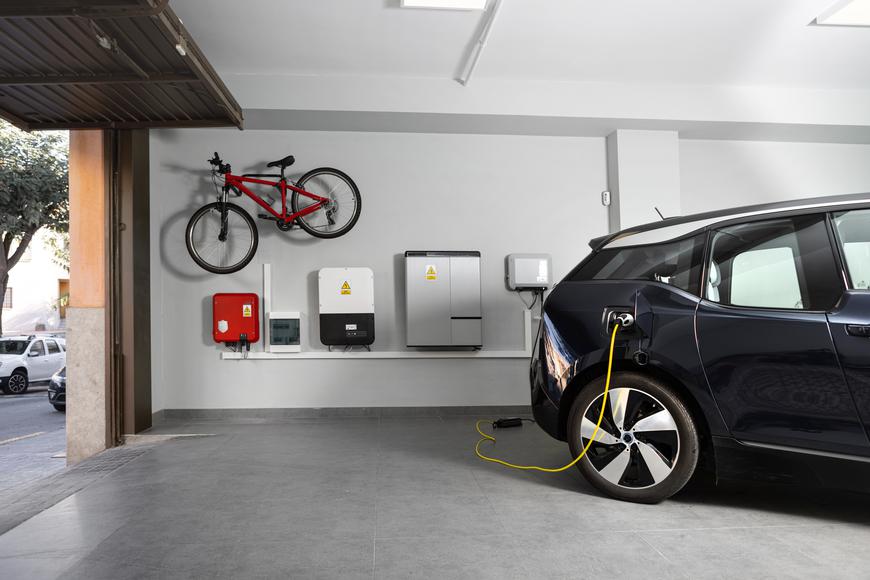Charging Line
In addition to the different types of chargers available, there are several other methods for charging an EV that does not require a physical connection between the car and the charger. These methods include Electric Circuit Charging Stations, 240 Volt Outlets for Electric Cars, Combined Charging Systems, Fuel Power Station Wireless Chargers, and others.
- An Electric Circuit Charging Station is an outdoor station that charges EVs using an electrical circuit from an external power source. These stations are commonly found in public areas such as parking lots or garages.
- A 240 Volt Outlet is a dedicated outlet explicitly designed for charging EVs. It provides a higher level of power than a standard 120 Volt Outlet and is ideal for home installation or use in public areas where dedicated outlets are available.
- The Combined Charging System (CCS) is a newer type of charging system that combines two existing standards—J1772 and CHAdeMO—into one plug. It is becoming increasingly popular due to its compatibility with multiple types of EVs and chargers.
Best Location for EV Charger in Garage
Having an EV charger installed in your garage has many benefits, including convenience, safety, and cost savings on fuel costs, as well as providing you with a secure place to charge your vehicle without having to worry about theft or vandalism. Additionally, having an EV charger installed by a professional electrician will ensure that it meets local codes and regulations. When installing an EV charger in your garage, it's essential to consider several factors, such as the space available, the type of charger you need, and any existing wiring or outlets that may be present in the area. It's also important to make sure that you select a charger that meets local codes and regulations before having it installed by a professional electrician who is familiar with EV charging systems.
Several types of EV chargers are available with different features and benefits depending on your needs and budget. Additionally, several other plugs are available, and various charging methods do not require a physical connection between the car and the charger. Finally, having an EV charger installed in your garage can provide convenience, safety benefits, cost savings on fuel costs, and peace of mind knowing that your vehicle is securely charged.






